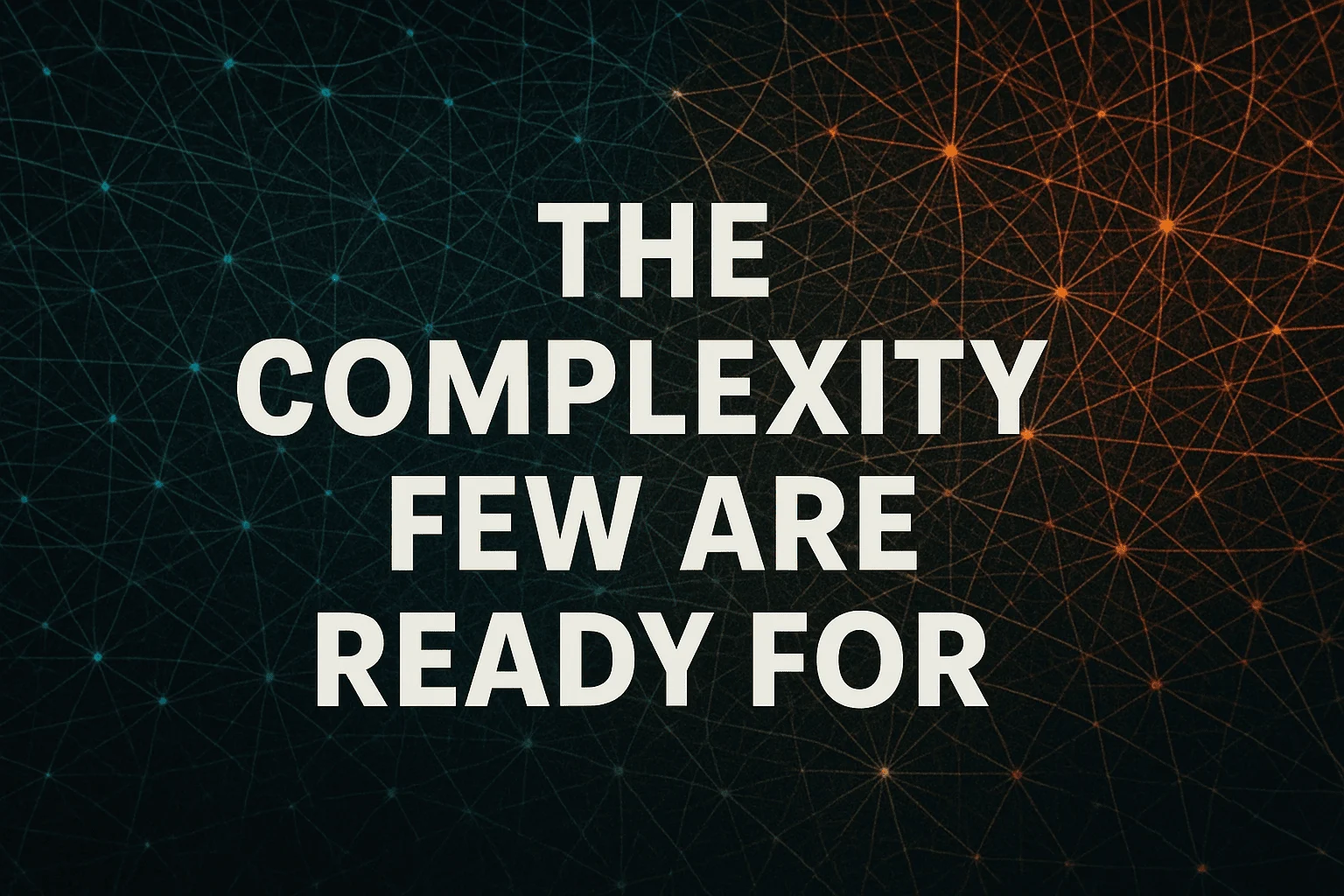The Structural Failure of Financial Education
Most people don’t know how to invest, and the reasons for that aren’t mysterious—they’re structural, cultural, and in some cases, even deliberate. At its core, investing is a simple concept: allocate resources today with the goal of more tomorrow. But in practice, it’s a discipline that demands knowledge, emotional discipline, and a framework for understanding risk. And here’s the truth—most people never get those tools.
Start with Education. The standard curriculum in most countries doesn’t include even the basics of personal financial education. You can graduate high school, even college, without ever learning what compound interest is, how the stock market functions, or why inflation eats at savings over time. That’s not a small oversight—it’s a systemic failure. We train people to become employees, to earn and spend, but not to understand capital or build wealth. And if you don’t understand capital, you will almost always work for someone who does.
The Complexity Few Are Ready For

But even if the education system offered a basic primer on investing, that wouldn’t be enough. The truth is, investing is not an easy skill to master. There’s no shortage of apps, influencers, or financial content online, but most of it is noise. The signal—what actually matters—is buried. People want certainty, and investing offers very little of it. It’s probabilistic by nature. You make decisions under uncertainty, with incomplete data, and no guaranteed outcomes. That’s uncomfortable. Most people would rather avoid it altogether or follow someone who claims to have the answers.
This opens the door to another layer of difficulty: investing requires not just information, but judgment. Knowing that diversification is good or that fees eat into returns doesn’t make you a good investor. You also need to understand how markets behave, how incentives shape outcomes, and how human psychology—your own included—can sabotage rational decision-making. Fear and greed aren’t just emotions; they’re forces that distort perception. Being able to recognize that, and act against your instincts, is a learned skill.
Then there’s the complexity. Real investing isn’t just picking stocks. It’s understanding asset allocation, inflation-adjusted returns, tax implications, time horizon, and risk tolerance. It’s seeing the relationship between interest rates and equity valuations, between geopolitical risk and energy prices, between demographics and housing markets. None of these things operate in isolation. They interact. They compound. And unless you can hold multiple variables in your head and think in systems, you’re likely to miss the bigger picture.
Mindset Over Methods

The best investors think in terms of probabilities and second-order effects. They don’t ask, “Is this a good stock?” They ask, “What’s already priced in?” They look at asymmetric outcomes, correlations, and optionality. They understand that knowledge isn’t just about facts—it’s about frameworks. And the problem is, most people never get to that level of thinking because they’re overwhelmed by the basics or scared off by the jargon. Finance has its own language, and if you don’t speak it, you’re at a disadvantage.
This is where the cultural narrative matters. For decades, investing has been wrapped in mystique. Suits on Wall Street. Complex charts. Fast-moving tickers. It’s intimidating by design. People assume it’s not for them—that it’s for experts or insiders. So they outsource it, or worse, avoid it altogether. But this myth that investing is only for a select few is not just outdated, it’s dangerous. Because if you don’t invest, your money erodes. And if you let someone else manage your capital without understanding how or why they’re making decisions, you’re handing over your future without even reading the terms.
Some people argue that technology is closing this gap, that apps and automation make investing easier than ever. And that’s partly true. You can open a brokerage account in minutes, buy an index fund with no fees, and track your portfolio in real time. But tools don’t build wisdom. Access without understanding just shifts the problem. People trade more, not better. They chase trends, follow hype, and take on risks they don’t even recognize as risks. Easy access makes it easier to make mistakes faster.
Explore more: How You Can Start Learning to Invest Today?
Taking Ownership of Capital
So what’s the solution? It’s not just more education. It’s deeper thinking. It’s teaching people how to reason about uncertainty, how to manage emotions, how to analyze systems. Investing is less about tips and tricks and more about mindset. It’s about long-term thinking in a short-term world. About acting rationally when everyone else is panicking. About understanding that wealth isn’t what you see on a balance sheet—it’s the freedom to make decisions on your terms.
Ultimately, the reason most people don’t know how to invest is because we haven’t built a culture that values financial literacy, strategic thinking, or long-term planning. information is more accessible. The gatekeepers are losing control. What’s needed now is the willingness to take responsibility—for learning, for risk, for outcomes. Because no one else will care about your future more than you. And the sooner you understand how capital works, the sooner you stop being a consumer of wealth and start being a builder of wealth.
